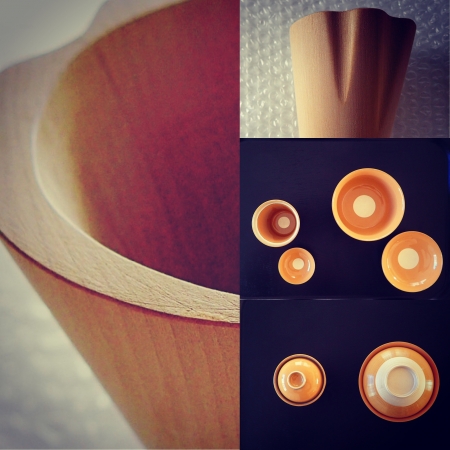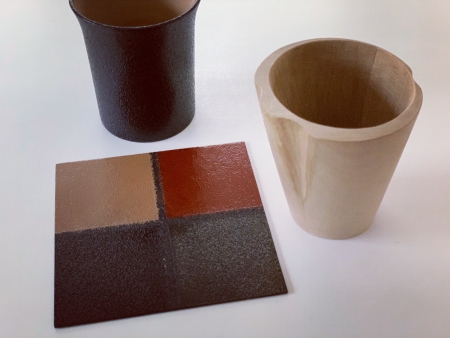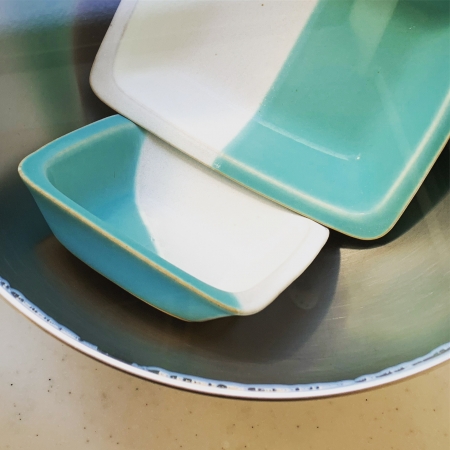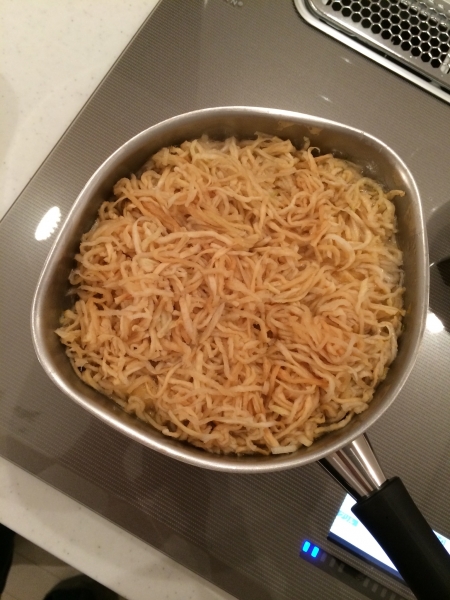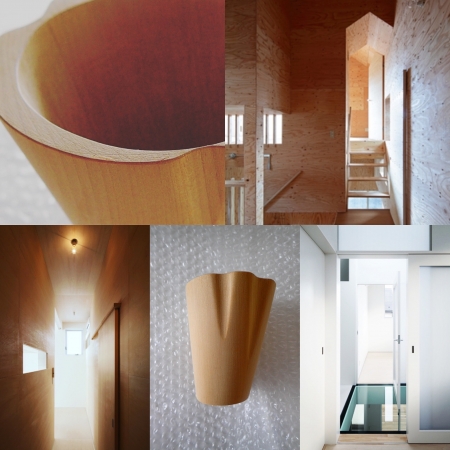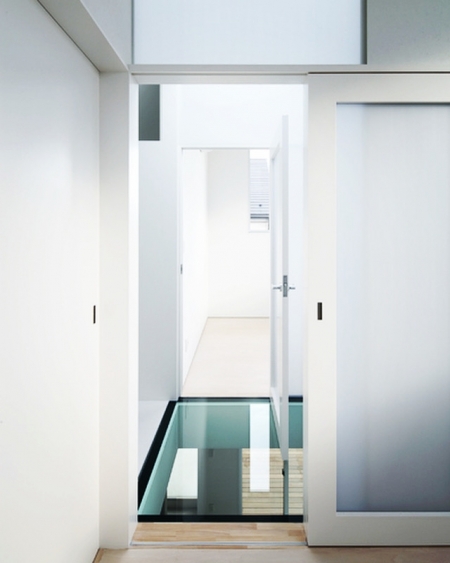ギャップを利用する
今までずっと当たり前のようにあったことと、自分の意識の中にずっとあったこととの間に、かなりのギャップ、すぐには埋められない溝があるとして、そうすると、その溝を埋めるための手立てを考えて、うまく調整しようと試みるか、自分の意識の中にあることを殺して、当たり前のことをするか、当たり前を無視して、自分の意識の中にあることだけを行うか、3パターンあるとして、どれが良いか悪いかはとりあえず置いておいて、一番面白そうだと思うのは、溝を埋めるための手立てを考えて調整することをもっと発展させたことだと思う。
当たり前のことと自分の意識の中にあることにギャップがあることはよくあることで、それを調整することが上手い人は、世渡り上手であったり、もしかしたら、仕事ができる人かもしれない。
ただ、調整してしまうのは、せっかく自分の意識の中に芽生えた、もしかしたら、それはとても素晴らしい大発見かもしれない可能性を摘むことになるかもしれないから、できることならば、調整しない選択肢も持ちたいと思う。
だから、ギャップをむしろ利用して、ただ、それをそのまま利用しては、自分の意識の中にあるものを生で出すようで、それは受け止める方も戸惑うだろうから、ギャップ自体を何か別のもので置き換えて、それ自体を話の骨子に据えて、物語を展開していくようなイメージで表現すれば、当たり前のことと、自分の意識の中にあることの双方の要素を含んだ何か、それが新たな表現なり、新たなことになると思う。
そして、そのギャップや、そのギャップ自体を置き換えたものは、ほんの些細なことで、特別なことでは無くても、それは日常的によく目にしていて、ただ意識しないと気がつかないことでも良くて、あとは物語の展開のさせ方しだいで、どうにでもなることだろうと予測している。
"Use the gap"
There is a significant gap between what has been taken for granted and what has been in my consciousness, and there is a gap that cannot be filled immediately. Think about the tricks, try to adjust well, kill what is in your consciousness, do what you take for granted, ignore the obvious and just do what is in your consciousness, Assuming there are three patterns, let's leave which one is good or bad for the time being, and what seems to be the most interesting is that we have further developed to adjust the way to fill the gap.
There is often a gap between what is natural and what is in your consciousness, and those who are good at coordinating it may be world-class or maybe work.
However, the only thing that can be adjusted is that it has sprung up in my consciousness, maybe it can be a very great discovery, so if I can, I have the option of not adjusting it. I want to have it.
So, rather use the gap, but just using it as it is, it seems to produce something in your consciousness, and it will be confusing for those who take it. If you replace it with something and express it as an image that develops the story by setting itself as the gist of the story, what includes both elements that are natural and what is in your consciousness. I think that is a new expression and a new thing.
And the gap, or the one that replaced the gap itself, is a trivial thing, even if it is not special, it is often seen on a daily basis, and it can be noticed only by not being aware, After that, I predict that it will become a matter of course depending on how the story develops.

